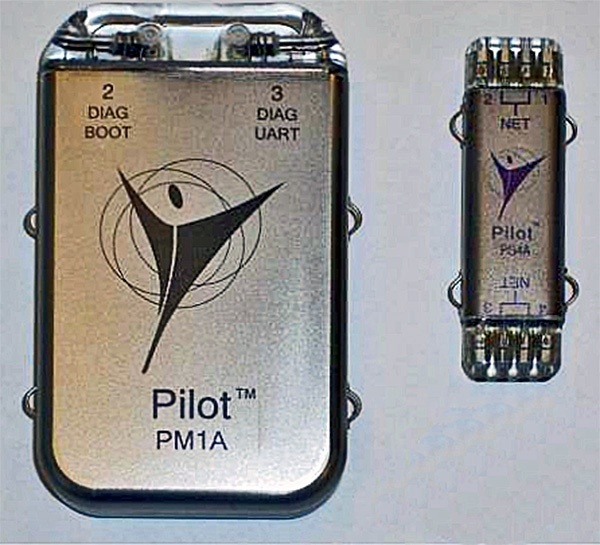The Cleveland FES Center was established in 1991 as a consortium between the Cleveland VA Medical Center (CVAMC), the private educational institution of Case Western Reserve University (CWRU), and the public hospital system of MetroHealth Medical Center (MHMC).
As part of this consortium, Dr. Hunter Peckham – biomedical engineering professor at Case Western Reserve University – and his group have developed the Networked Neuroprosthetic System (NNPS), which is based on a network of small implanted modules they call “neuroprosthetic building blocks”. These modules are distributed throughout the body, and each is dedicated to a specific function. Modules are linked to a centralized power source via a network cable through which they also communicate with each other.
The advantages of the NNPS over traditional FES systems is that the neuroprosthesis capacity can be tailored to the individual’s needs. That is, the implanted hardware is scalable from simple to complex applications, and multiple disabilities can be addressed in a single individual. Furthermore, the system is upgradeable to accommodate future technologies, and it is adaptable to the changing needs of the user.
The NNPS comprises a portfolio of components that can be selected and connected in a “Plug ‘n’ Play” manner. Components include:
- Power Module – Provides the power source and power distribution to the Modules. The implanted power source is recharged via a transcutaneous inductive link. The Power Module incorporates a bidirectional wireless link used for monitoring and programming functions
- Actuator Modules – These are target-based: Muscle Stimulators, Nerve Stimulators etc.
- Sensor Modules – These are source-based: Biopotential, Transducer, etc.
- Network Cable – Provides the power and high-speed data connection for the Modules
- Electrodes – Appropriate stimulating and recording electrodes are used with the Modules
Click here for the Networked Neural Prosthesis project page



